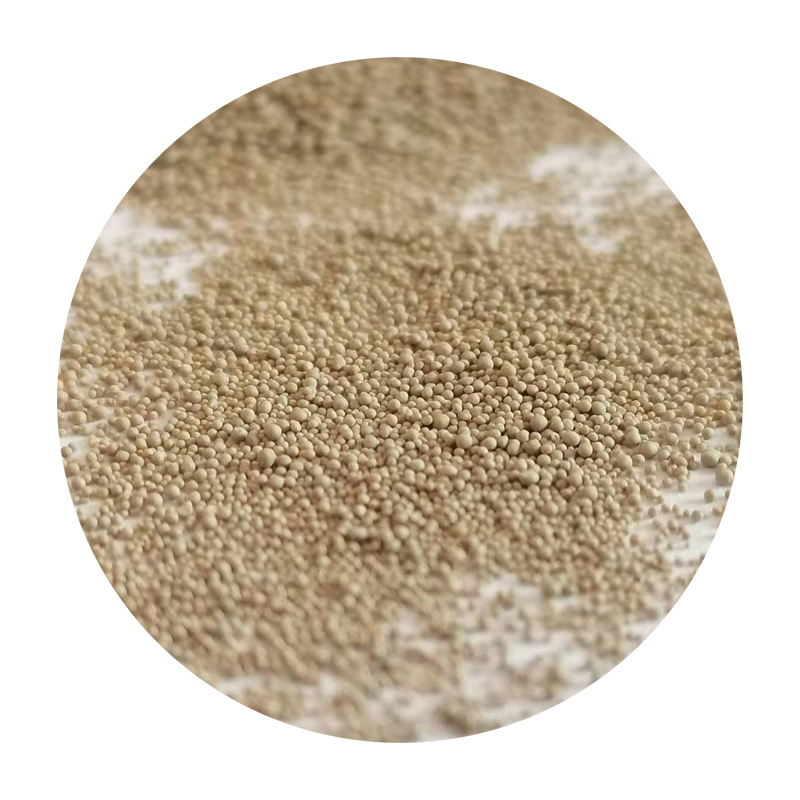Components of Sand Casting
Sand casting, one of the oldest and most versatile metal casting processes, involves pouring molten metal into a mold made of sand to create a part or component. This method is widely utilized due to its simplicity and the ability to produce intricate shapes. Understanding the key components of sand casting can enhance the effectiveness of the process and improve the quality of the final product.
1. Mold
The mold is the core of the sand casting process and can be divided into two halves the cope and the drag. The cope is the upper part of the mold, while the drag is the lower part. The mold cavity is created by compacting sand around a pattern, which is a replica of the final piece. The type of sand used, typically silica sand mixed with a binder, plays a crucial role in achieving the desired mechanical properties and surface finish.
2. Pattern
A pattern is a model used to create the mold cavity. It can be made from various materials, such as wood, metal, or plastic, and is designed to be slightly larger than the final part to account for shrinkage during cooling. Patterns can be single-piece or multi-piece, depending on the complexity of the shape being cast. Common patterns include solid patterns, split patterns, and collapsible patterns, each serving specific needs in the casting process.
3. Sand
The sand used in sand casting typically consists of fine silica grains, which provide good flowability and compaction. The sand is often mixed with a binder (such as clay), water, and other additives to enhance its properties. Green sand, a mixture of sand, clay, and moisture, is the most commonly used type. It offers excellent molding characteristics and is reusable after reclamation. Understanding the right mixture and properties of the sand is essential for achieving optimal mold strength and durability.
components of sand casting

4. Core
Cores are used to create internal cavities or features in the cast part that cannot be formed by the mold alone. They are made from sand bonded with a resin or metal and are placed in the mold before pouring the molten metal. Cores are critical for parts that require complex geometries or hollow sections. The core must be designed to withstand the thermal and mechanical stresses during the casting process.
5. Molten Metal
The choice of molten metal is paramount, as it dictates the physical and mechanical properties of the final product. Common metals used in sand casting include aluminum, cast iron, and bronze. The metal is heated to its melting point, then poured into the prepared mold. The temperature, pouring technique, and metal composition can significantly affect the quality of the final casting, influencing factors such as porosity, defects, and surface finish.
6. Gating System
The gating system is the network of channels that guides the molten metal into the mold cavity. It includes the pouring cup, sprue, runner, and gates. Proper design of the gating system is essential to ensure smooth and efficient filling of the mold, minimize turbulence, and reduce defects. A well-designed gating system can improve the overall quality and yield of cast products.
Conclusion
In conclusion, the components of sand casting—including molds, patterns, sand, cores, molten metal, and gating systems—play vital roles in ensuring a successful casting process. Each component must be carefully designed and selected to optimize the properties of the cast part. By mastering these elements, manufacturers can produce high-quality components for various applications, ranging from automotive to aerospace industries, benefiting from the versatility and efficiency of sand casting. This long-established process continues to evolve, incorporating modern technologies to enhance its effectiveness and meet the demands of today’s manufacturing challenges.
Post time:নভে. . 11, 2024 11:29
Next:sand casting advantages
